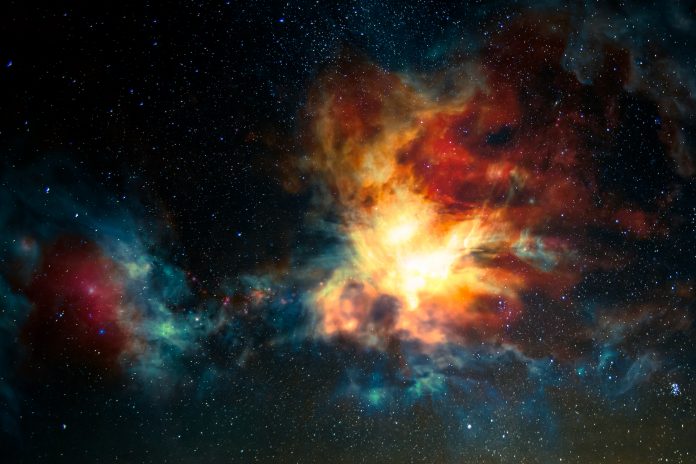Open Access Government highlight the priorities of the European Space Agency’s Agenda 2025, with the ultimate goal of being a world-class, leading space agency
The European Space Agency (ESA) must adapt to be ready for new challenges ahead. To do this, ESA must become more responsive, faster, and more dynamic, in a way that includes all sectors of society and respects the resources of the planet.
In 2021, ESA Director General Josef Aschbacher worked with Member States to define new priorities and goals for ESA for the coming years, in the form of the ESA Agenda 2025. The agenda outlines more specifically the challenges ahead – in the first instance for the next three years – but also for the longer term in maintaining and growing Europe’s role in the space economy.
To meet Europe’s ambitions for a green, digital, safe and inclusive world, Europe needs to step up its game in space, with a space agency that is both world-class and world leading. Investing in space is investing in people, and in the science and technology required to create inclusive growth. ESA Agenda 2025 plans to maintain and expand Europe’s excellence in space, for the benefit of everyone on Earth. Europe means not just ESA but all those involved in space in Europe such as Member States, the European Commission and all the innovative companies and bright minds working on creating space missions and using space data and services. ESA priorities for 2025 are:
- Strengthening ESA-EU relations.
- Strengthening space for safety and security.
- Addressing programme challenges.
- Completing the ESA transformation.
- Boosting commercialisation for a green and digital Europe.
Boosting commercialisation for a green and digital Europe
The latter of these priorities is particularly vital as commercial space activities are growing quickly. New Space approaches have led to smaller, narrowly focused satellites and reduced launch costs. This has opened space to new players and has led to lower prices of space products and services and faster innovation. To benefit from the growing space economy in Europe, ESA must be more dynamic in interacting with start-ups and companies to help them to succeed. Space applications on the ground, such as connectivity, navigation, and the vital observation of Earth and its climate, help our everyday lives. Furthermore, the new fast-growing markets of green and digital economic recovery offer huge opportunities for business that must not be missed. European space companies should be among the biggest and best space companies, strongly contributing to an overall greener and more digital economic recovery.
ESA will help create markets for space technologies serving the green and digital agendas by acting as a technical partner for interaction with investors. In addition, ESA will continue boosting commercialisation by:
- Opening access to its unique technical facilities.
- Sharing responsibility and risk with industry.
- Simplifying access to ESA programmes and activities.
- Updating ESA procurement and technology strategy.
- Reducing the average time-to-contract significantly for contracts below €1 million by the end of 2022.
- Boosting the Technology Strategy to achieve 30% faster development and adoption of innovative technologies.
- Doubling spending on game-changing technologies.
Solar Orbiter: A wealth of science
As we begin 2022, it is great to see ESA already advancing its position in space research, with the publishing of a wealth of results from Solar Orbiter’s cruise phase. For a mission yet to have entered its main science phase, Solar Orbiter has already generated a large amount of ground-breaking science. This includes forensic observations of the solar surface, measurements of a giant outburst of energetic particles, and for the first-time, researchers have encountered comet’s tail inside the Earth’s orbit.
“The results published today demonstrate the variety of solar science that the mission is making possible, and signals the wealth of data that is now flowing back to Earth,” stated Yannis Zouganelis, ESA Deputy Project Scientist for Solar Orbiter. All involved are preparing for its close pass of the Sun in March 2022, where there will be much more to come.











